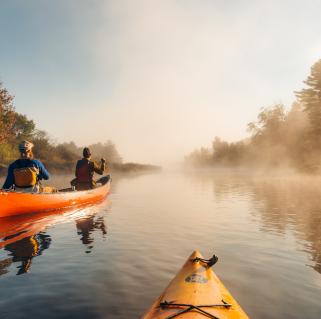Spencer Morrissey
October 26, 2014
Fall Paddling; Being Ready for the Cold
I know the cold weather is setting in, the fog has stopped rising from the waters and those water temperatures just keep dropping;, but don’t hang up your boat yet, we still have more paddling to do. Seriously though, it’s not time to take the boats off your roof and replace them with a ski rack, not just yet. Whiteface won’t be open for at least a few more weeks, why not put in a few more strokes out on those lonely ponds before that time comes? Now is the time that we just need to be a bit more conscious of how we pursue the activity. Think about it this way: every day the water is getting colder than it was the day before, not a ton, but enough. The temperatures are going in the opposite direction than they do in the spring of the year, kind of like daylight savings time. However, with the proper head on your shoulders, consciousness of safety, and the proper gear, there’s no reason we can’t play a bit longer.
An Adirondack overview
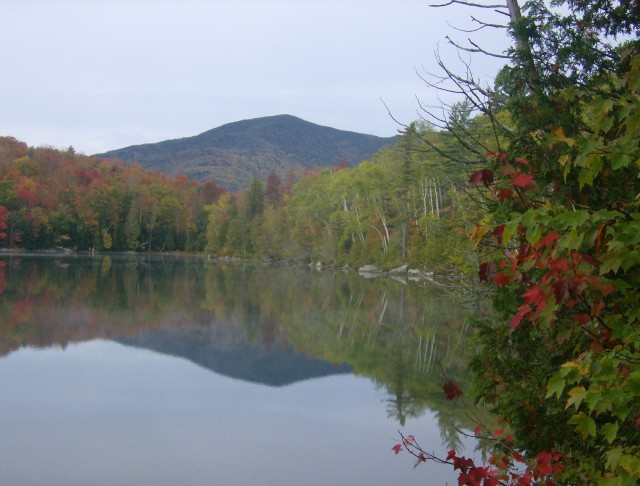
The Adirondack Park is over 6,000,000 acres in area, broken up between public (state) and private land. Within those 6-million acres there are over 2,300 ponds and lakes, 1,500 miles of rivers and well over 30,000 miles of streams and brooks. Granted, not all can be paddled due to many elements, such as lack of access points, private property, and/or not sufficient enough water to support boat travel. With that being said, there are numerous options within the Park. The Saranac Lake Region is home to a large range of paddling opportunities, which can be enjoyed until the top layer freezes over.
Paddling the Adirondacks is not only one of the most enjoyable outdoor activities in the park, but it offers unique views into the environments of all species of wildlife including late season birding. Now that fall has fully settled in, the cold temperatures are bringing morning frost to the windshield of the car and the branches of the tamaracks. The red maples whose colors change first are already bare along with most all other deciduous trees, the yellows of the tamaracks and the aspens are the only colors in show right now. Then there are the brownish leaves of the beech trees that will remain all winter, till the new foliage pushes them to the ground. The water still reflects the deep blues of the clear skies.
Preparing for your paddling trip
Fall paddling is a very important part of the Adirondacks and should be experienced by all, but this definitely is no time to skimp on the gear and the preparation.
The PFD is as important now as it ever was, but even more so when the exposure to cold water can affect our abilities to swim and tread water. A personal flotation devise or life vest should be worn at all times. When selecting which one to wear, make sure it is sized correctly and fitted to your body securely. A type III PFD, certified by the USCG is highly recommended. A person over board can only survive so long in the cold waters; this chart may give you a bit more of an idea of the importance of a life vest.
Water Temperature
Expected Time Before Exhaustion or Unconsciousness
Expected Time of Survival
(°F)
(°C)
32.5°
0.3°
< 15 minutes
45 minutes
32.5–40°
0.3–4.4°
15 – 30 minutes
30 – 90 minutes
40–50°
3.3–10°
30 – 60 minutes
1 – 3 hours
50–60°
10–15.6°
1 – 2 hours
1 – 6 hours
60–70°
15.6–21.1°
2 – 7 hours
2 – 40 hours
70–80°
21.1–26.7°
3 – 12 hours
3 hours – indefinite
> 80°
> 26.7°
Indefinite
Indefinite
Be sure to consider the type of water you will be exploring. Big lakes that are less sheltered tend to have bigger waves making paddling much harder and less efficient. Adirondack lakes and ponds tend to be very shallow in areas - this creates more waves than deeper bodies of water and a change in weather patterns can affect them rather quickly and change your day's paddle. With bigger waves come splashing. This is where a spray skirt with proper cold water gear (neoprene socks, shirt, pants, and gloves) becomes important. Rivers can have a stronger current which can cause your boat to react differently. Be cautious of rapids and waterfalls when paddling rivers. In short, have a map and compass and know about the features of the waterway you will be paddling.
A float plan again is very important. Here is a sample two day float plan, with a map.
Date
Location
Put-in/Take Out
Route
Time return home
11/10/2014
Route 86 Launch
Exploring the shores
Camping on western shore
11/11/2014
Lake Colby, Little Colby Pond
Route 86 Launch
Fishing and exploring Little Colby Pond
Evening 11/11/2014
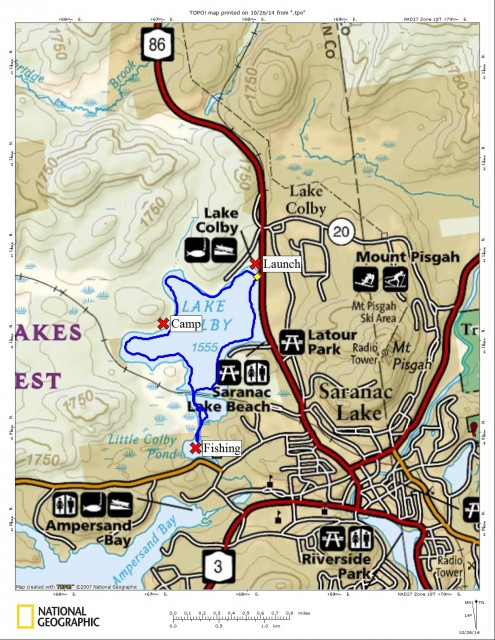
This is simply a piece of paper with your plan for the day(s) you will be out and your destination so that someone can locate you, just in case something happens. A float plan can be left in your car, but even better, leace a copy with someone like a family member as well.
With the float plan you should have the appropriate gear for your trip. The proper gear would include map and compass and/or GPS, spray skirt, dry bags and the use of a wet or dry suit or even just some neoprene layers. The neoprene not only acts as a warmth layer when dry, it helps you stay warm even when wet; it also adds a layer of floatation. There is additional paddling gear out there that you should consider having. At least one person in your group should have a paddle float, a throw bag, a bilge pump and a first aid kit. Food and water are also very important in cold weather to keep up morale, energy, and body warmth.
Taking a paddling lesson
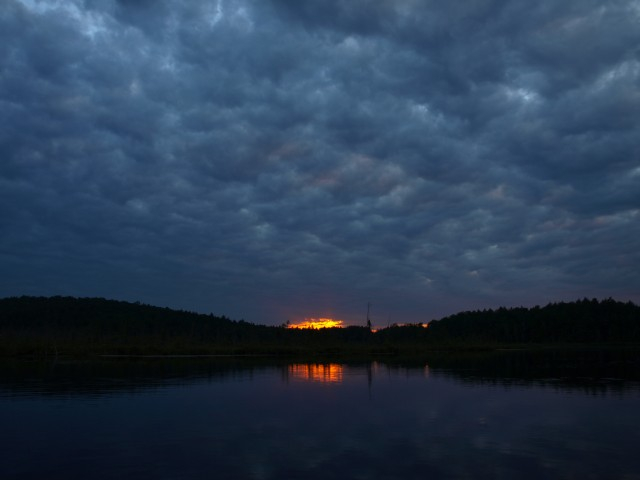
If you have never paddled before and feel uncomfortable doing so for the first time, especially in cold water conditions, we encourage you to take a lesson from a local guide service. The class will teach you paddle strokes, navigation, efficiency, and a wet exit of your boat, as well as how to get back into your boat if you do flip. Many guide services will offer a 2 to 4 hour introductory course for a very reasonable rate.
I could probably talk for pages on paddling, but I think it’s important for newcomers to the sport to realize the joys and the warnings about cold water paddling. The most important piece of gear you have is on you at all times, your head. Think straight, stay calm, be cautious, and think ahead with good planning and you are more than half way there already.
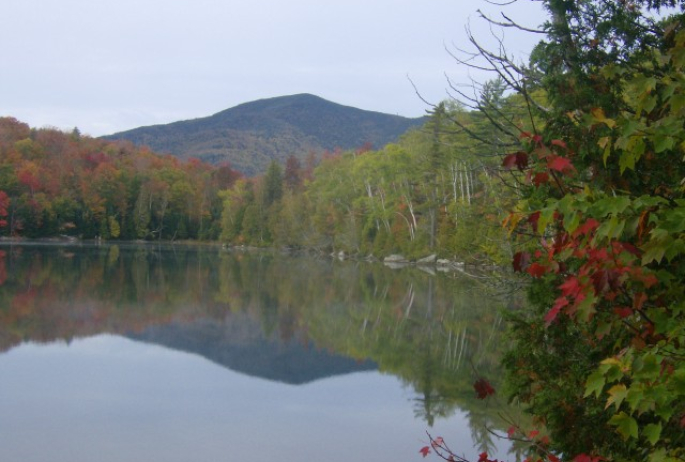
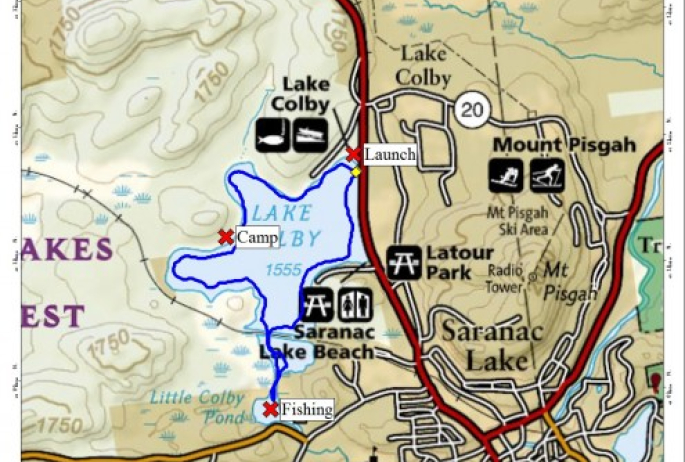
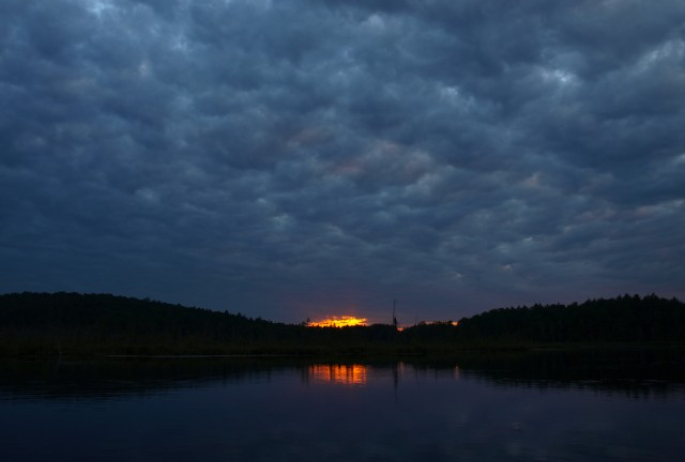
Packages and Promotions
Valid Jan. 16
- Mar. 31
Valid Jan. 16
- Mar. 31
Hotel Saranac Ski & Stay Package
Hotel Saranac
Stay & Ski Package Stay at Hotel Saranac and Ski Titus Mountain Day or Night Package Your room reservation includes one adult lift ticket....
Valid Jun. 20
- Sep. 7
Valid Mar. 12
- Jun. 30
Guided Nature Immersions - 10% off for Pre-Season Registration
Adirondack Riverwalking & Forest Bathing
Picture it now...you are wading the Ausable River on a warm summer day, feel the cool water against you, hear the sounds of the birds and the...
Valid Jan. 21
- Jan. 21
Valid Jan. 21
- Jan. 21
Pet Getaway
Voco Saranac Lake
Your dog deserves an Adirondack getaway too. Book our pet friendly hotel near Lake Placid welcomes every member of your crew. Book our Pet Package...
Valid Jan. 21
- Mar. 31
Valid Jan. 21
- Mar. 31
Titus Mountain Ski Package
Voco Saranac Lake
Enjoy your stay at the award winning voco Saranac Lake which includes two adult lift tickets at Titus Mountain Family Ski Center. Additional...
Valid Jan. 16
- Mar. 31
Valid Jan. 16
- Mar. 31
Hotel Saranac Sled & Spoke Package
Hotel Saranac
Snowmobile Package Hotel Saranac and Sara-Placid Sled & Spoke have partnered so you and a guest can explore dozens of miles of ADK snowmobile...
Valid Jan. 21
- Jan. 21
Valid Jan. 21
- Jan. 21
Stay and Dine
Voco Saranac Lake
Receive a 50 dollar credit per stay to use in our Boathouse Saranac Lake Pub. Enjoy an exceptional dining experience with unparalleled views great...

